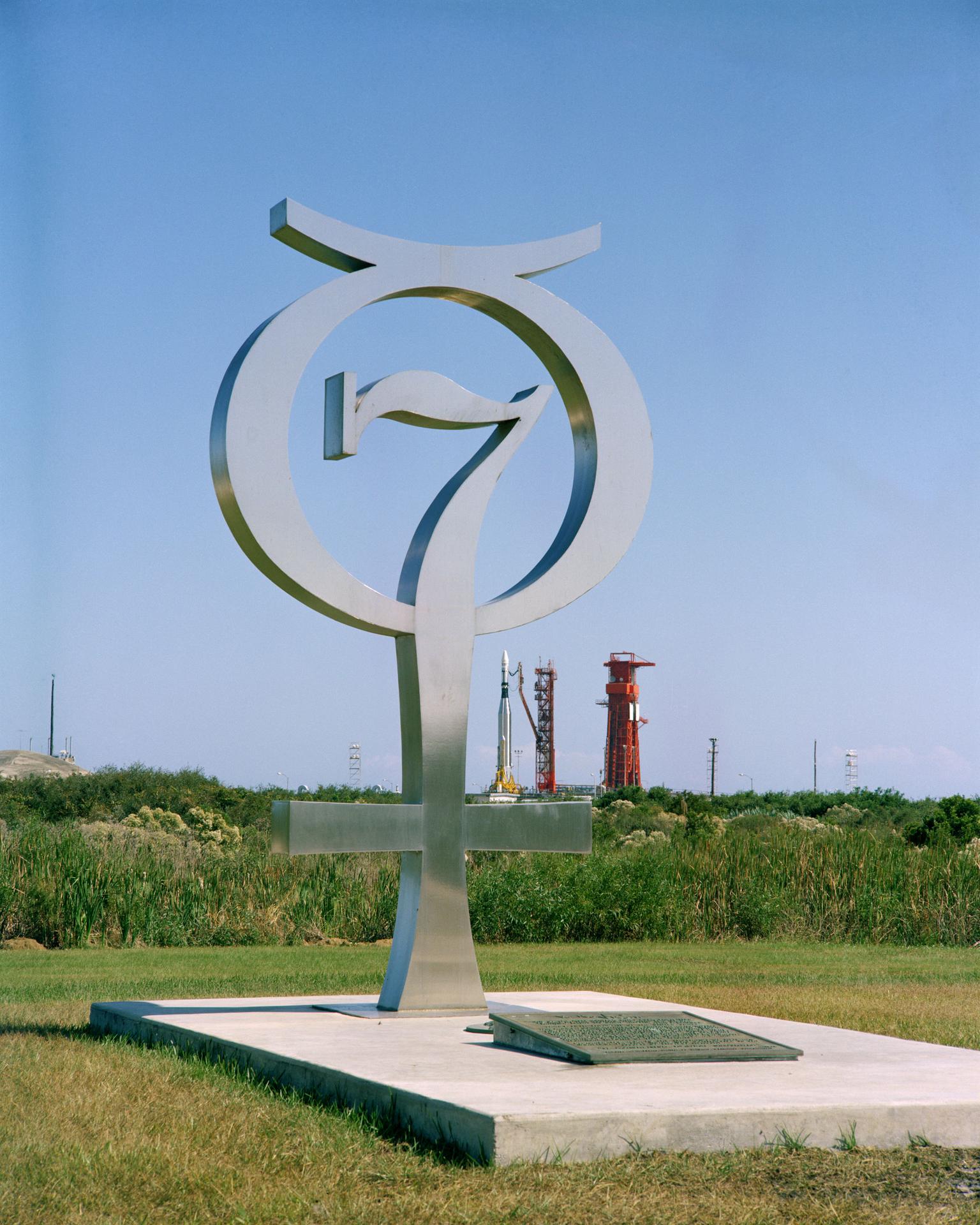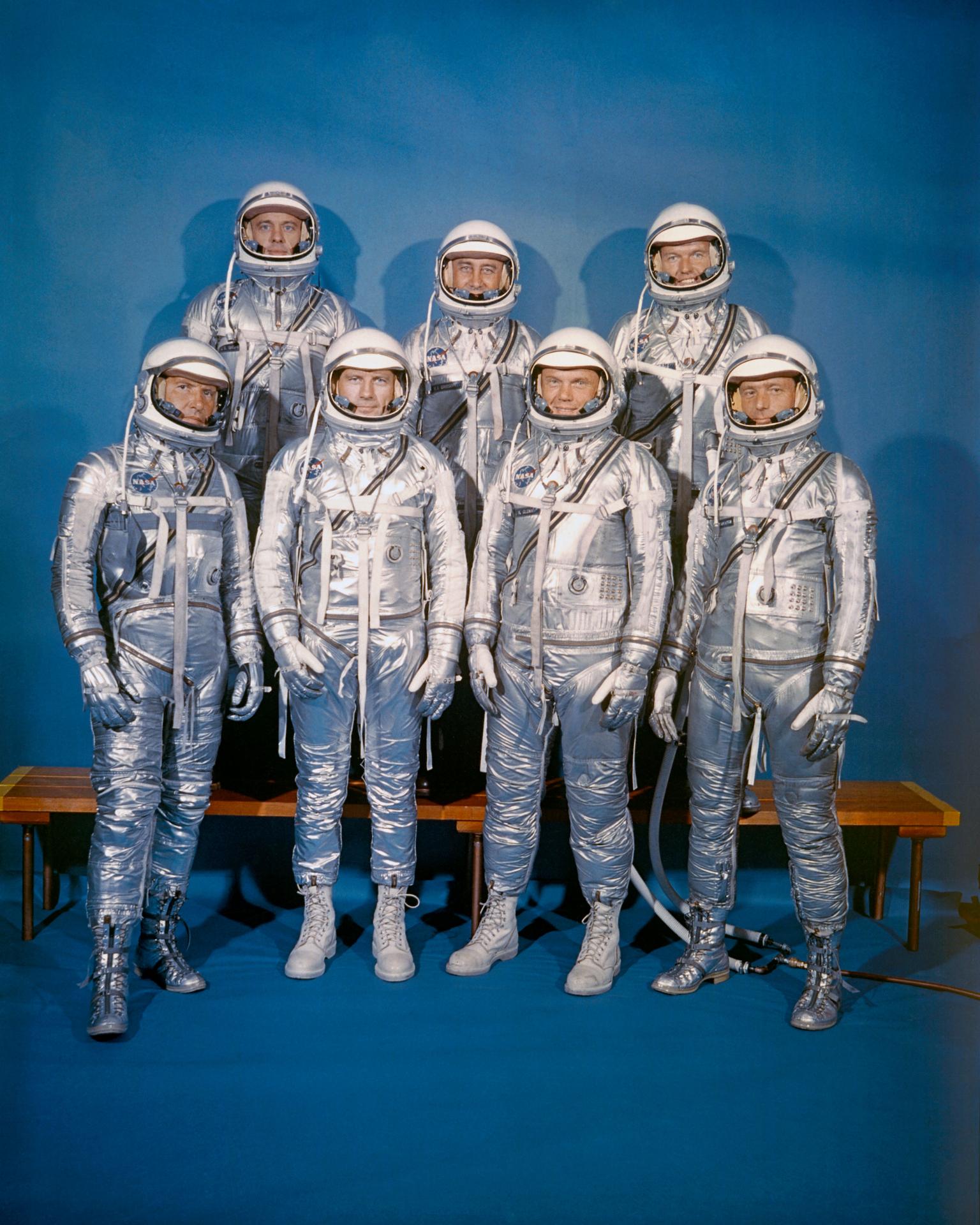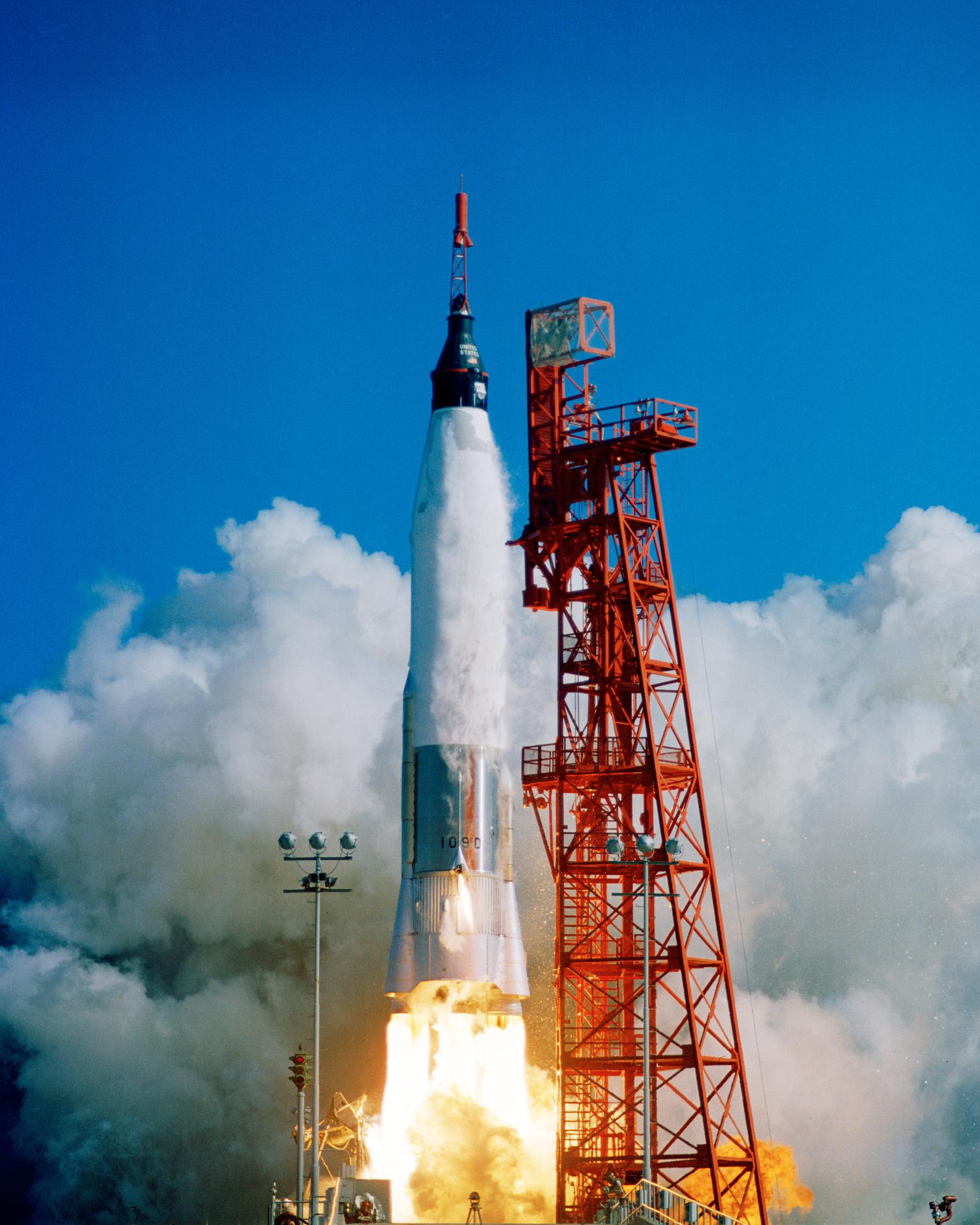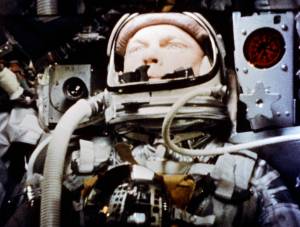- Introduction
- Objectives and Guidelines
- Astronaut Selection
- Summary

The actual beginning of the effort that resulted in manned space flight cannot be pinpointed although it is known that the thought has been in the mind of man throughout recorded history. It was only in the last decade, however, that technology had developed to the point where man could actually transform his ideas into hardware to achieve space flight. Specific studies and tests conducted by government and industry culminating in 1958 indicated the feasibility of manned space flight. Implementation was initiated to establish a national manned space-flight project, later named Project Mercury, on October 7, 1958. The life of Project Mercury was about 4 2/3 years, from the time of its official go-ahead to the completion of the 34-hour orbital mission of Astronaut Cooper.
During this period, much has been learned about man’s capabilities in the space environment and his capabilities in earthbound activities which enabled the successful accomplishment of the objectives of the Mercury Project in this relatively short period. It is the purpose of this paper to review the more significant facets of the project beginning with the objectives of the project and the guidelines which were established to govern the activity. As in any form of human endeavor, there are certain signs which serve as the outward indication of activity and progress. For the Mercury Project, these signs were the major full-scale flight tests.1
These tests will be reviewed with particular emphasis on schedule, the individual mission objectives, and the results from each mission. Then, the organization with which management directed the activities of Project Mercury will be explained, particularly with respect to those internal interfaces between major segments of NASA and those external interfaces with contractors and other governmental departments.
The resources expended during the project will be explained with discussions on manpower and cost. In addition, the major results of the project will be discussed as will those areas which presented severe obstacles to technical progress.
1. These are excerpts from a NASA book entitled, NASA SP-45, “Mercury Project Summary, Including Results of the Fourth Manned Orbital Flight, May 15 and 16, 1963. The publication date is October 1963.































